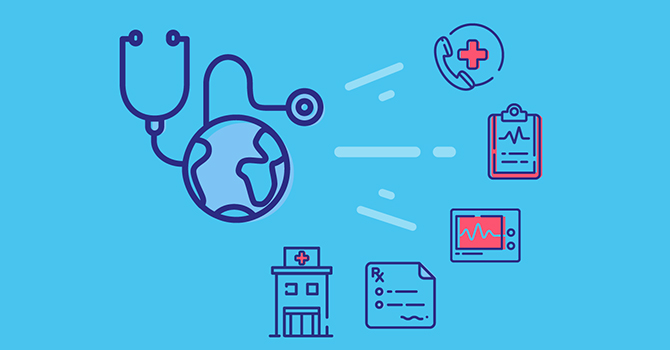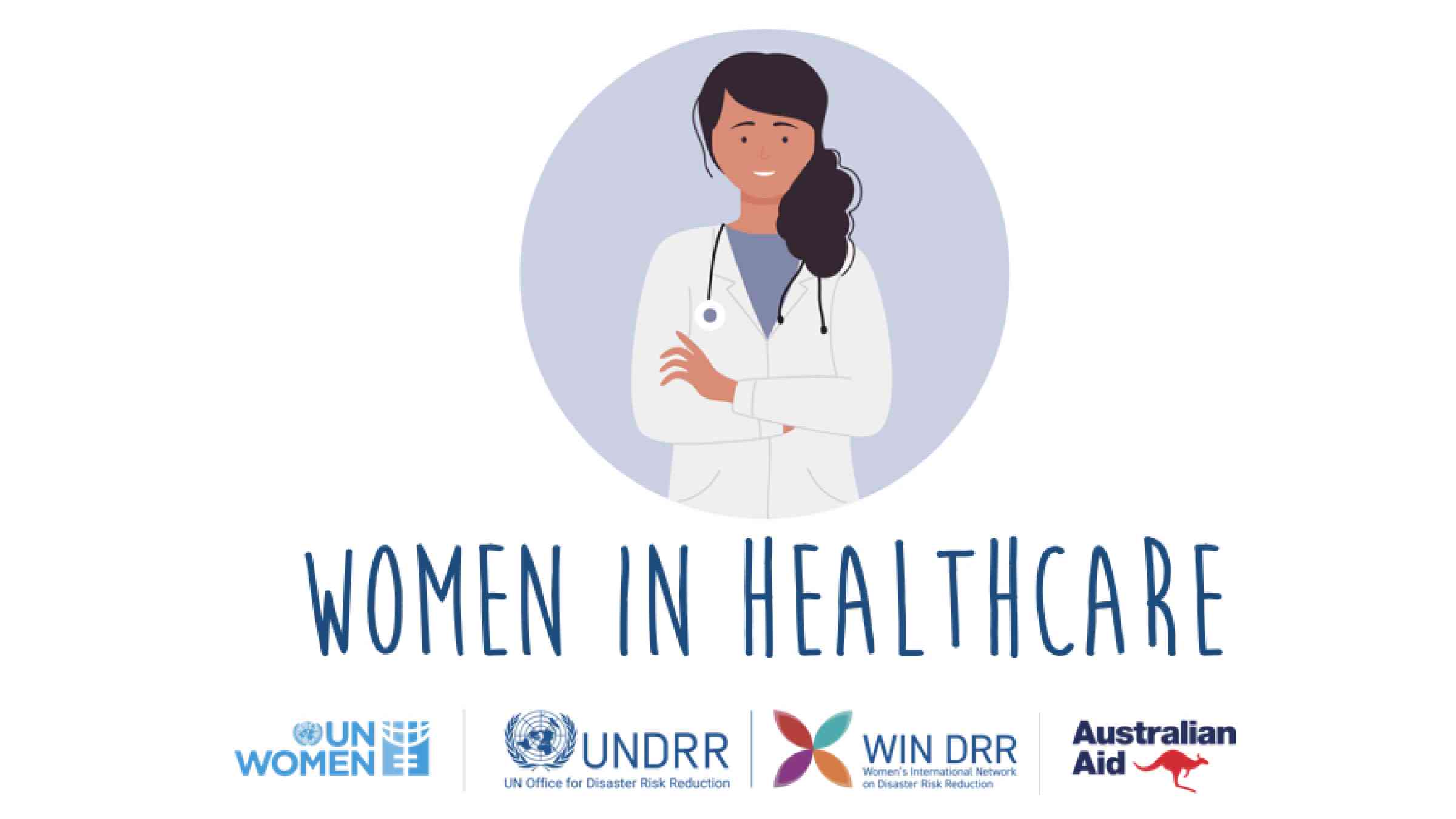A Comprehensive Overview on Just How Medical Care RCM Works to Enhance Invoicing and Collections
Navigating the intricacies of medical care income cycle monitoring (RCM) is important for suppliers aiming to enhance their billing and collections procedures. The overview unloads the ins and outs of RCM, from client enrollment to balance dues monitoring, supplying understandings right into maximizing each action. Integrating innovative technology and standard procedures can dramatically decrease claim denials and speed up payment cycles. Yet, the true difficulty hinges on seamlessly merging these elements to boost capital. As we discover the core elements and approaches that drive effectiveness, one concern stays: just how can medical care entities best placement themselves to flourish monetarily in an ever-evolving sector?
Recognizing Income Cycle Monitoring
Comprehending the ins and outs of Earnings Cycle Management (RCM) is vital for medical care companies intending to maximize their monetary performance. RCM is a crucial administrative function that encompasses the entire monetary process of person care, from the initial appointment setting to the final repayment of the balance. It is a complex procedure designed to identify, collect, and manage the revenue from the services given to individuals. Efficient RCM ensures that healthcare companies receive prompt and accurate payments, minimizing the risk of earnings loss and boosting cash money circulation.
The RCM procedure begins when a patient timetables a visit and extends via the individual's care trip, including payment and collections. A crucial goal is to decrease the time in between providing a solution and getting payment, hence enhancing the company's economic health and wellness. RCM entails numerous functions such as person registration, insurance coverage verification, charge capture, coding, asserts submission, repayment posting, and taking care of appeals and denials.
Trick Parts of RCM
In the realm of Profits Cycle Management (RCM), recognizing its vital elements is basic to achieving economic effectiveness within medical care organizations. RCM is a detailed process that includes numerous phases, each critical to making sure effective invoicing and collections. The main components include client enrollment, insurance verification, charge capture, coding, case submission, payment publishing, and balance due management.


When coded, claims are submitted to payers, where accuracy is critical to prevent hold-ups or rejections - Healthcare RCM. Payment uploading entails videotaping the received repayments, which permits for the settlement of accounts. Lastly, balance dues monitoring concentrates on tracking and resolving unpaid claims, making sure prompt follow-up and resolution
Each part of RCM is adjoined, and inadequacies in any type of component can interrupt the entire cycle. As a result, understanding these aspects is vital for health care providers to enhance income and enhance their financial wellness.
Techniques for Efficient Payment

Systematizing billing procedures across the company is another vital technique. Establishing clear standards for documents, coding, and submission aids maintain uniformity and compliance with governing requirements. Training team routinely on these treatments makes certain everyone is current with the most recent modifications in invoicing codes and payer policies.
Exact fee capture is vital in protecting against revenue leakage. Applying routine audits and monitoring systems enables the identification and modification of disparities prior to they affect earnings. Furthermore, keeping open lines of interaction with payers assists to quickly settle any type of disputes or misconceptions that may emerge.

Lastly, engaging patients early in the payment process by offering clear estimates and educational materials concerning their monetary responsibilities can considerably reduce confusion and boost repayment timeliness. These methods jointly add to an extra effective and financially healthy and balanced payment system.
Enhancing Collections Procedures
Provided the intricacies of medical billing and the variety of payer needs, improving the collections procedure entails applying tactical actions that make certain prompt and precise settlement of services made. Automation tools can aid in tracking insurance claim statuses, sending prompt reminders to clients, and taking care of rejections a lot more properly.
Training team to recognize the subtleties of insurance coverage plans and billing codes is equally vital. This understanding equips them to resolve payment discrepancies quickly and communicate successfully with people regarding their monetary obligations. Moreover, transparent and clear individual communications are important. Providing detailed explanations of costs and offering versatile layaway plan can increase individual fulfillment and punctual repayments.
Regular audits of the collections procedure should be performed to recognize locations for renovation and make sure conformity with guidelines. By examining information, health care organizations can determine fads, expect prospective issues, and adapt techniques as necessary (Healthcare RCM). Eventually, a well-enhanced collections process not just supports financial health yet also adds to a much more seamless experience for individuals and personnel alike
Optimizing Profits Streams
Structure upon the foundation of a strong collections process, medical care organizations can additionally strengthen their financial stability by tactically maximizing revenue streams. This involves a multi-faceted method, starting with an extensive analysis of existing profits resources to recognize see this website ineffectiveness and areas for development. Employing sophisticated data analytics devices makes it possible for organizations to obtain insights right into payer mix, patient demographics, and solution application patterns, enabling data-driven decisions that improve profits capture.
Carrying out automated invoicing systems can substantially reduce mistakes and quicken cases refining, ensuring that profits is accumulated much more efficiently. In addition, optimizing payer contracts via normal negotiations can enhance reimbursement rates and terms, directly affecting the bottom line. Diversifying solution offerings, such as incorporating telehealth or wellness programs, can likewise bring in a wider patient base, thus increasing income possibility.
An additional vital component is boosting individual engagement and contentment, as completely satisfied check here individuals are more probable to stick to therapy plans and make prompt payments. Supplying adaptable payment alternatives and clear billing methods can improve collections and foster individual loyalty. Healthcare RCM. By embracing these approaches, health care organizations can create a more resistant economic framework, making certain continual growth and stability in an ever-changing sector landscape
Verdict
Finally, medical care Earnings Cycle Administration (RCM) plays an important function in optimizing invoicing and collections processes by integrating crucial elements such as client enrollment, insurance coverage confirmation, cost capture, coding, asserts submission, and balance due monitoring. By using sophisticated technology, systematizing treatments, and fostering client involvement, healthcare service providers can significantly lower case denials, increase payment cycles, and boost money circulation. This view it thorough approach to RCM eventually causes boosted financial performance and sustainability for healthcare companies.
The RCM procedure starts when a patient schedules a visit and extends with the client's care trip, consisting of invoicing and collections.Another essential element is enhancing individual involvement and satisfaction, as completely satisfied individuals are a lot more likely to stick to therapy strategies and make timely repayments. Using versatile repayment choices and transparent billing practices can boost collections and foster individual commitment.In conclusion, healthcare Income Cycle Monitoring (RCM) plays a crucial role in enhancing invoicing and collections processes by incorporating essential parts such as client registration, insurance coverage confirmation, fee capture, coding, asserts submission, and accounts receivable administration. By utilizing advanced modern technology, standardizing treatments, and cultivating person involvement, health care providers can significantly minimize insurance claim rejections, increase payment cycles, and boost cash circulation.